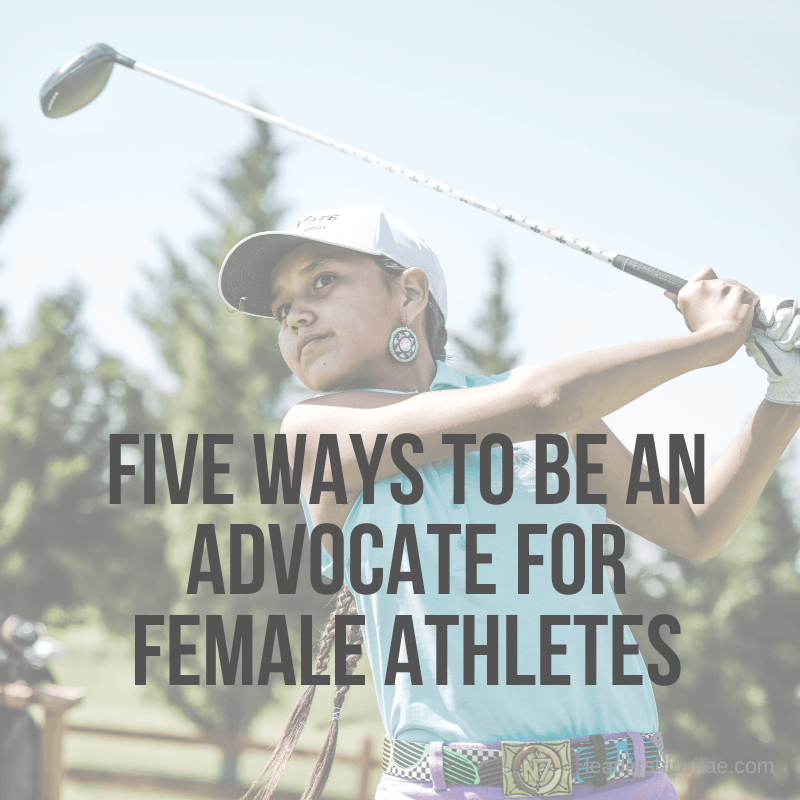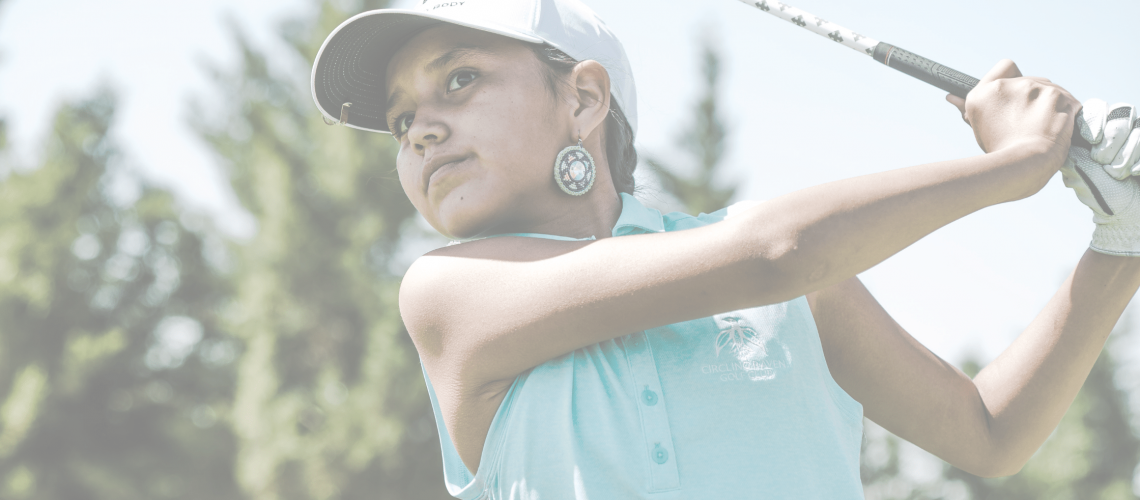
A round of golf and a change in perspective
Recently, I was asked to participate in an LPGA Pro-Am. I was a little nervous. I haven’t played golf in years unless you count the “mini” kind. What I didn’t expect was to not only have a wonderful experience, but to get fired up about gender inequality and the wage gap.
Over the course of a pairings dinner, where I met my pro, Clariss, and 18 rounds the next day, I learned a lot about the experience of an aspiring pro golfer. Even more about what women who love the game go through to reach their goals.
I did not suddenly learn to love golf, though I won longest putt of the day and helped us tie for second place. I did start to consider what I can do differently to give women like Clariss an equal opportunity to earn a living wage doing something she loves.
Some sad facts about women’s sports
We started our event with some inspiring stories of women athletes. And some uninspiring statistics that impact them.
Out of the top 100 paid athletes, only one is a woman – Serena Williams. Tennis is one of the few sports that pays equally at the top levels for premier events like an Open. Even with that opportunity, she’s number 68.
While pay may be the same at top-level events, the difference in overall income is often endorsement deals. Even if female athletes are paid at each event equally, if they do not have similar endorsement deals, which they do not, they will still be paid significantly less.
For those sports where there is not equality, the disparity is significant. In basketball, women are paid 10% of what their male counterparts are paid on average. A starting woman may be paid $50K while a starting man receives $5M.
In the case of golf and soccer, the overall winnings made available to women are a fraction of men’s winnings. Losing men bring home more prize money than winning women time and again. For example, a PGA player could come in 10thand still bring home more prize money than the winning LPGA player.
That’s exactly the case with the US Women’s National Team, who I recently watched play against Korea during their Victory Tour. The women brought home less money winning the World Cup (again) than their male counterparts that dropped out in round 16. Pay for performance is clearly not in place.
Fired up yet? There are several actions you can take.
1. Watch women’s events on television or live stream.
When the women’s soccer team were in the World Cup, the world was literally watching. They were on every bar television and phone screen. We were captivated.
But what about the rest of the season? What about the four years until the next Cup playoff?
Unfortunately, there is significantly less media coverage for women’s sports. Ask for it. Demand it. If you can’t find it on TV, look for live stream events. Reach out to the LPGA, WNBA, USWNT or NWSL to find out schedules and encourage live programming.
If we accept that the 7% of sports programming dedicated to women is enough, then not much will change. It is only if we watch and demand better coverage that we will get it. Women represent half of this country. Turn the channel and watch them play.
2. Follow women’s sports and athletes on social media.
Clariss talked a lot about social engagement and showing support of athletes online. After I came home from the Pro-Am, I started looking at who I was following.
I was only following two teams (USWNT and the Patriots) and one athlete (a girl can leave New England, but Tom Brady is the GOAT). I changed that immediately.
Whether you’re a fan of college or professional sporting teams or specific athletes, let them know through social media. Like their posts. Comment. Add your own photos and tag them.
Social is a highly visible way to show your fandom. The higher engagement a team or athlete has, the more companies will see their reach and potential for endorsement deals.
It’s easy to celebrate a major win, like the World Cup or the US Open. Keep following and interacting in the off-season. Be a fan of the athletes on and off the courts.
3. Go see their events
Once you buy tickets for an event, you often receive advertisements of other events for that team. If you only go to men’s sporting events, that may be all you’re familiar with.
In the first year we were in NC, I took my son to see college football, college basketball, minor league baseball, professional soccer, and professional hockey. Every single team was a men’s team.
It wasn’t until the USWNT team came to Charlotte for their Victory Tour game that I took my son to his (and my) first women’s sporting event. It was an absolute blast for both of us.
My son got to see some of the world’s best soccer players in person. That they are women made it even better to help reinforce that fierce competitiveness, athleticism, and a compelling game are not unique to men’s sports.
Want better pay for women? Go to see them play. If they are selling out the places they play, they’ll play in bigger places. Refute the notion that a great sporting event has to be a men’s sporting event. Take your children to see women play and inspire a love of all sports, not just men’s sports.
4. Buy that merch
Not only do ticket sales matter, but merchandising does as well. Those funds go back into the teams / organizations and influence their budgets.
I only own one team jersey and that’s a #12. My son has both a Renaldo and Messi soccer jersey. We’ll be changing that.
Since getting tickets to see the women’s soccer team, I’ve been on the lookout for jerseys. I’ll be honest, I’m finding it difficult to get the jersey and name that I want. The options for women, even star players like Rapinoe, seem much more limited than their male counterparts.
I am not sure how to change that yet, but I’ll be looking for ways to put my dollars towards merchandise that supports women’s sports. I will also be looking for the contact information for these companies and ask for what I want. Companies will only sell when there’s a market to buy. Let’s create that market.
5. Use your buying power
Beyond merchandise, there are purchasing decisions we make every day. We have an opportunity to buy from companies that invest and sponsor equally in female athletes as male athletes. If they don’t, we can decide to stop buying their products.
The assumption is that sponsoring men brings in more revenue, yet women have more purchasing power as direct spenders and influencers in a household. Anyone else see an opportunity?
Women are buying for themselves, children, spouses, parents, friends and more. When we decide to spend differently, companies are forced to listen because we are speaking with our dollars.
If women decide to purchase from companies that put equal endorsement dollars towards female athletes, it would completely change who these companies sponsor.
Bonus
Some of you may have jobs that can affect women’s sports more directly.
Run your own business? If so, please consider contributing to and sponsoring girls’ and womens’ programs and athletes equally.
Have a choice on endorsements? Take a hard look at your distribution to men and women.
Influence a marketing budget and athletes are part of your campaign? Consider a woman this time.
Do you write about or photograph sports? If women only receive 7% of the coverage, you have an opportunity for your work to stand out and help shift that percentage.
* * * * *
I am a women who loves to watch live sports. I started in college working in our sports information department. Looking back, I was only asked to cover our men’s teams. No wonder I got hooked on watching men’s sports.
It took me several decades to watch my first women’s sporting event. It’s an entirely different experience watching people that look like me in fierce competition with one another. I feel like I have a new world to discover, and an opportunity to help women athletes receive coverage, recognition, and pay reflective of their ability and performance.
Are you a fan of women’s sports? What other advice do you have to support female athletes? Please share your thoughts in the comments.








